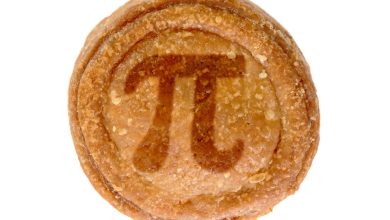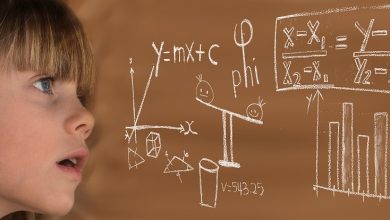
Python is a versatile programming language that offers a variety of data structures to help developers efficiently store and manipulate data. Two popular data structures in Python are sets and dictionaries, which are often compared to lists for their similarities and differences. In this article, we will explore the differences between Python sets, lists, and dictionaries, and help you determine which data structure is right for your needs.
Lists are one of the most commonly used data structures in Python. They are ordered collections of elements that can be indexed and sliced. Lists are mutable, meaning they can be modified after they are created. Lists are denoted by square brackets [] and can contain any type of data, including strings, integers, and even other lists.
On the other hand, sets are unordered collections of unique elements. Sets in Python are denoted by curly braces {} and can only contain immutable objects, such as strings, integers, and tuples. Sets are useful for tasks that require checking for membership or removing duplicates from a collection of elements.
Dictionaries are another important data structure in Python that store key-value pairs. Dictionaries are denoted by curly braces {} and consist of keys and values separated by a colon (:). Dictionaries are useful for tasks that require key-based lookup or mapping relationships between elements.
Now that we have briefly explained the differences between sets, lists, and dictionaries, let’s compare them based on various criteria to help you decide which data structure is right for your needs.
1. Performance: Sets are typically faster than lists when it comes to checking for membership or removing duplicates. Dictionaries are also faster than lists for key-based lookup. If performance is a critical factor in your application, sets or dictionaries may be a better choice than lists.
2. Mutability: Lists are mutable, meaning you can add, remove, or modify elements after they are created. Sets are also mutable, but they only allow immutable objects. Dictionaries are mutable and allow you to add, remove, or modify key-value pairs.
3. Uniqueness: Sets are unique collections of elements, meaning they do not allow duplicate values. Lists and dictionaries, on the other hand, can contain duplicate values.
4. Ordering: Lists are ordered collections, meaning the order of elements is preserved. Sets and dictionaries are unordered collections, meaning the order of elements is not guaranteed.
In conclusion, the choice between sets, lists, and dictionaries in Python depends on the specific requirements of your application. If you need to check for membership or remove duplicates, sets may be the best option. If you need key-based lookup or mapping relationships, dictionaries may be more suitable. If you need an ordered collection that allows duplicates and mutability, lists may be the right choice.
Ultimately, the best data structure for your needs will depend on the specific tasks you need to accomplish in your Python application. By understanding the differences between sets, lists, and dictionaries, you can make an informed decision on which data structure is right for you.






